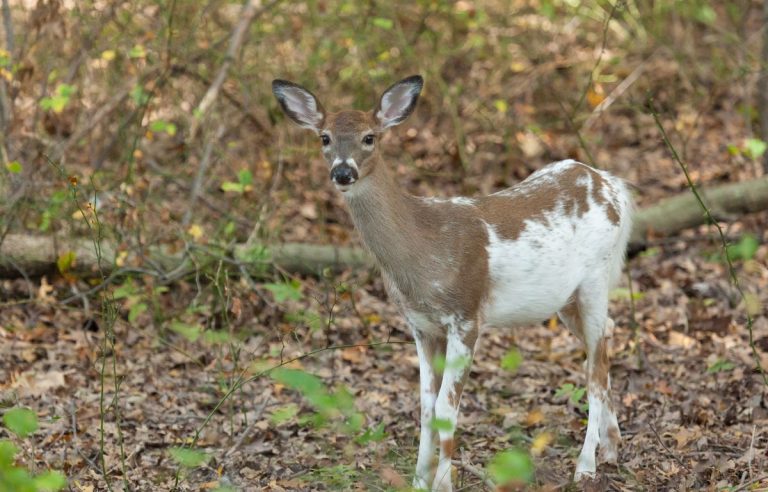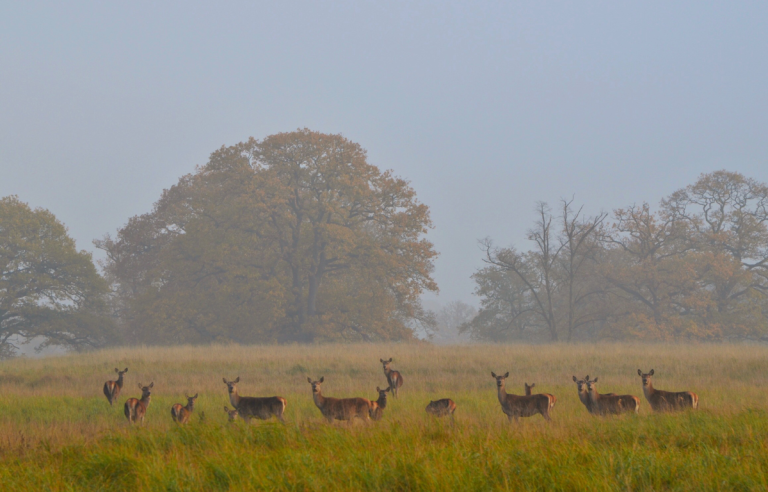How Deer Survive Harsh Cold Winter
Winter weather is brutal. It’s bitterly cold and icy. Once you add the wind, it gets down right frigid. When temperatures drop in the 20s and 30s, we are inside bundled up and warm. However, for deer, the story is a little bit different. How do do deer survive the cold harsh winter?
Deer are hardy animals and can withstand the harsh outside elements. They have learned to adapt to help them survive long winters.
How do deer survive the winter?
In the Fall, white-tailed deer and other deer species start to prepare for the cold winter by increasing the amount of food they eat in order to gain an extra layer of fat to their bodies, which helps to insulate them in the cold.
When you see deer in the corn and soybean fields, know that they are getting a healthy portion of nutrients to add on that extra layer of fat. Corn has about 4% fat and 75% carbohydrates and soybeans have 40% protein content and 20% fat. These two food sources give the deer what they need to get through the cold winter season.
In the spring and summer, they are foraging on grass, leaves, twigs and other plant life. In the Fall and winter months, they switch to corn, soybeans, nuts and berries.
There’s more to deer survival than just how much food they eat. When the temperatures get really cold, they lower their heart rate. The resting heart rate of a deer is 40-50 beats per minute.
In far northern US states such as Michigan and Maine, the deer will really slow down during harsh winters. They find locations called “deer yards” to hide and avoid the winter winds and large snows. They will move very little and won’t venture too far once they’ve found a safe place. Cedar trees are an excellent cover for deer when there is heavy snow and wind. These “deer yards” can be many acres of territory.

The bottom line for deer survival during the winter is for deer to eat just enough to stay alive and move very little to make it through the cold harsh winter.
Do deer shed their fur?
Deer shed their summer coat in the Fall to make room for their winter coat. The winter coat is hollow, which allows air to be trapped and keep their body warm during winter. They are heavily insulated so the body heat won’t escape even during the harsh cold winter nights. They use their muscles to adjust the hair on their bodies for comfort.
The winter coats can vary a bit in color compared to their normal coat. The winter fur looks more brown or grayish brown in color. Their skin also produces a slight oil to help the fur become more water repellent in the snow and rain.
Do deer hibernate in the winter?
No, deer do not hibernate in the winter, however, their physical activity will slow down. They are typically found in a “deer yard” which protects them from the snow and wind during cold winter. During winter, deer will still eat and move very little.
When winter weather arrives, deer act much like us humans. They hunker down to try and stay warm and out of the snow and wind. They will continue to eat a steady supply of food during this period.









After looking at this, I think I can finally understand how deer are able to live outside in the cold Michigan winters.